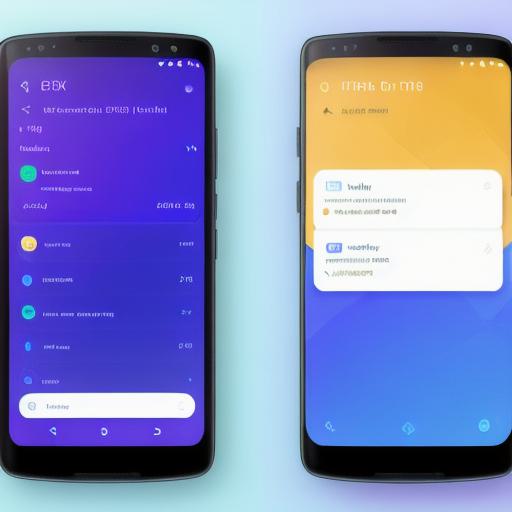Web3 technology has the potential to revolutionize the way we interact with digital products and services. By leveraging blockchain, cryptography, and decentralization, Web3 enables developers to create more secure, transparent, and user-friendly experiences for their customers. In this guide, we will explore some of the key benefits of Web3 technology and provide practical examples of how it can be used to enhance user experience.

Introduction: What is Web3?
Web3 refers to the next generation of the World Wide Web, which is built on decentralized technologies such as blockchain, cryptography, and smart contracts. These technologies enable developers to create more secure, transparent, and decentralized applications (dApps) that can operate without intermediaries or central authorities.
Key Benefits of Web3 Technology
- Decentralization: Web3 technology enables dApps to be built on a decentralized network, which means they are not controlled by any single entity. This eliminates the need for intermediaries and central authorities, reducing the risk of hacking, censorship, and fraud.
- Transparency: All transactions on a blockchain are publicly visible and immutable, providing users with greater transparency and accountability.
- Security: Cryptographic algorithms ensure that data is secure and cannot be tampered with, making dApps more resistant to hacking and other forms of cyber attack.
- Scalability: Web3 technology enables dApps to scale horizontally, meaning they can handle an increasing number of users without sacrificing performance.
- User Control: Web3 technology empowers users to have greater control over their data and interactions online, reducing the need for intermediaries and central authorities.
Real-Life Examples of Web3 Technology in Action
- Decentralized Finance (DeFi): DeFi is a growing ecosystem of dApps that enables users to access financial services such as lending, borrowing, and trading without intermediaries or central authorities. DeFi dApps are built on the Ethereum blockchain and use smart contracts to automate transactions.
- Non-Fungible Tokens (NFTs): NFTs are digital assets that represent unique items such as art, collectibles, and in-game items. NFTs are built on blockchain technology and enable creators to monetize their work while maintaining ownership and control over their digital assets.
- Digital Identity: Web3 technology enables users to create and manage their own digital identity without relying on central authorities or intermediaries. This can help reduce the risk of identity theft, fraud, and surveillance.
- Supply Chain Management: Blockchain technology can be used to create a transparent and secure supply chain for goods and services, enabling companies to track products from production to delivery and ensuring that they are ethically sourced and produced.
Best Practices for Developing Web3 Applications

- Understand Your Users: Before building a Web3 dApp, it’s important to understand your users and their needs. This will help you design an intuitive and user-friendly interface that is easy to use and understand.
- Use Standardized Protocols: There are several standardized protocols for building Web3 applications, such as IPFS, Filecoin, and Swarm. Using these protocols can help ensure interoperability and scalability across different platforms.
- Test Thoroughly: Web3 technology is still in its early stages, and there are many potential vulnerabilities that need to be addressed. It’s important to thoroughly test your dApp before launching it to the public.
- Be Compliant with Regulations: Web3 technology is subject to various regulations and laws, such as anti-money laundering (AML) and know-your-customer (KYC) requirements. It’s important to stay up to date on these regulations and comply with them where necessary.
FAQs
Q: What are the key benefits of Web3 technology?
A: Decentralization, transparency, security, scalability, and user control.
Q: What are some real-life examples of Web3 technology in action?
A: Decentralized finance (DeFi), non-fungible tokens (NFTs), digital identity, and supply chain management.
Q: How can I develop a Web3 application?
A: Understand your users, use standardized protocols, test thoroughly, and be compliant with regulations.
Summary: The Future of User Experience with Web3 Technology
Web3 technology has the potential to revolutionize user experience by enabling developers to create more secure, transparent, and decentralized applications that can operate without intermediaries or central authorities. As this guide has shown, there are many practical examples of how Web3 technology can be used to enhance user experience in a variety of industries, from finance to gaming to supply chain management.
As the Web3 ecosystem continues to grow and mature, we can expect to see even more innovative uses of this technology that will transform the way we interact with digital products and services. So if you’re a developer looking to stay ahead of the curve, it’s time to start exploring the possibilities of Web3 technology and how it can be used to create better user experiences for your customers.
